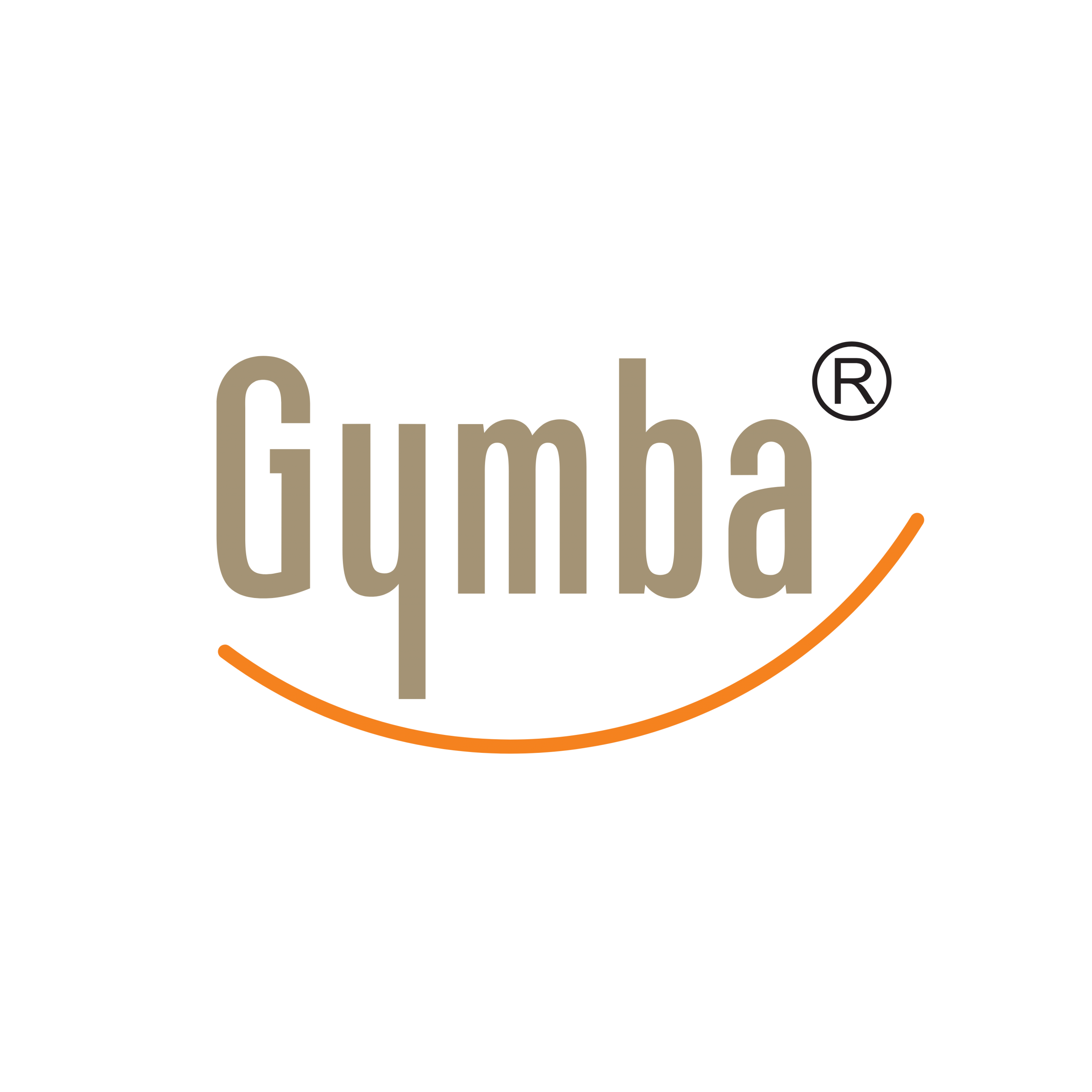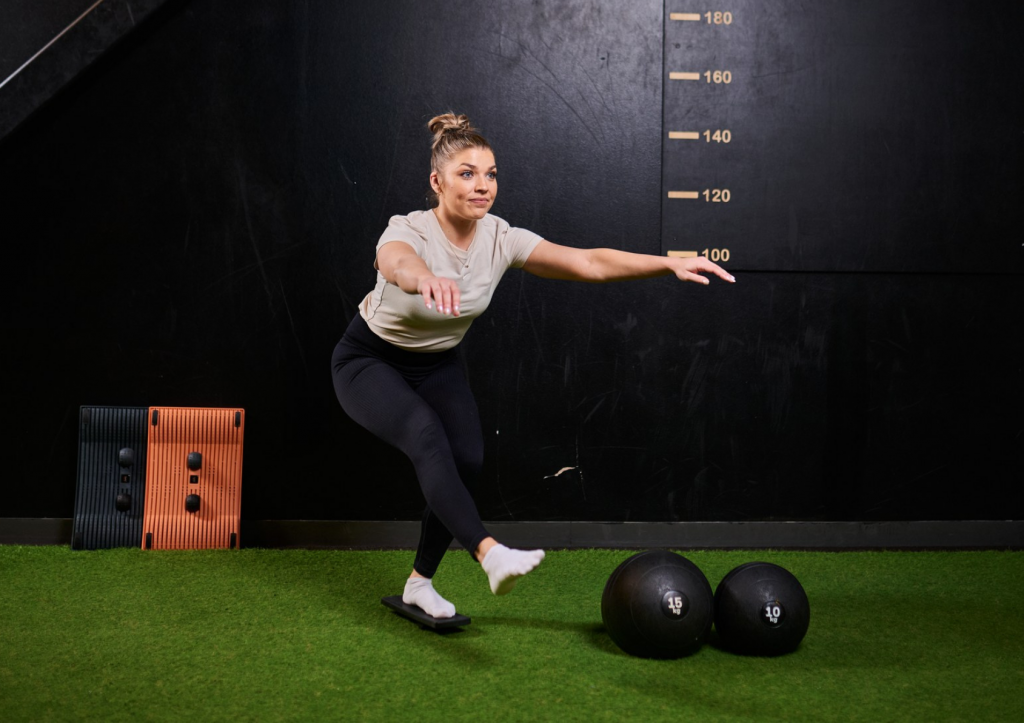Core stability forms the foundation of virtually every movement we perform. From everyday activities to athletic performance, a strong core safeguards our bodies against potential injuries while enhancing overall physical capability. The connection between core strength and injury prevention is profound, affecting people across all fitness levels and lifestyles. By implementing targeted exercises that strengthen the core, we can create a more resilient body that moves with confidence and stability.
Why core stability is essential for injury prevention
The core muscles—comprising not just the abdominals but also the lower back, pelvic floor, and hip muscles—function as the body’s natural support system. When properly conditioned, this muscular network creates a protective cylinder around your spine, significantly reducing injury risk during both daily activities and physical exercise.
Research consistently demonstrates the preventative benefits of core training. Studies have found that individuals with strong core muscles experience up to 60% fewer lower back injuries compared to those with weaker cores. Additionally, athletes who incorporate regular core stability work into their training regimens report 40% fewer sports-related injuries overall.
Beyond injury prevention, core stability improves posture, enhances balance, and creates efficient movement patterns. This is particularly valuable for office workers who spend long periods sitting, as poor posture and sedentary behaviour often lead to musculoskeletal problems. By strengthening the core, we establish a solid foundation that supports proper alignment and distributes physical stress more evenly throughout the body.
5 effective core stability exercises for all fitness levels
These fundamental exercises target the entire core musculature and can be adapted for any fitness level:
1. Modified Plank
Begin in a forearm plank position with elbows beneath shoulders. Keep your body in a straight line from head to heels. Hold for 20-30 seconds, gradually increasing duration as strength improves.
Progression: Advance to a full plank on extended arms, then try alternating leg lifts while maintaining stability.
Injury prevention benefit: Strengthens the entire core cylinder, improving spinal support during daily activities.
2. Bird-Dog
Start on hands and knees. Simultaneously extend one arm forward and the opposite leg backward while maintaining a neutral spine. Hold for 3-5 seconds before returning to the starting position. Repeat 8-10 times on each side.
Progression: Add balance challenges by performing on an unstable surface like a balance board.
Injury prevention benefit: Enhances spinal stabilisation and improves coordination between upper and lower body.
3. Glute Bridge
Lie on your back with knees bent and feet flat on the floor. Lift your hips toward the ceiling, creating a straight line from shoulders to knees. Hold for 2-3 seconds at the top, then lower. Perform 12-15 repetitions.
Progression: Try single-leg bridges or add marching movements at the top position.
Injury prevention benefit: Strengthens the posterior chain, reducing lower back pain risk.
4. Dead Bug
Lie on your back with arms extended toward the ceiling and knees bent at 90 degrees. Slowly lower one arm overhead and extend the opposite leg, keeping your lower back pressed into the floor. Return to the starting position and alternate sides. Complete 10-12 repetitions per side.
Progression: Increase range of motion or add light weights.
Injury prevention benefit: Improves core stabilisation while moving limbs, mimicking real-life movement patterns.
5. Side Plank
Lie on your side with elbow directly beneath shoulder. Lift hips to create a straight line from head to feet. Hold for 15-20 seconds before switching sides.
Progression: Raise the top leg or add rotation movements.
Injury prevention benefit: Targets lateral core muscles, essential for rotational stability and injury prevention.
How balance training enhances core stability and reduces injury risk
Balance training creates a powerful synergy with core stability work. When standing on an unstable surface, your body naturally engages the deep core muscles to maintain equilibrium—often recruiting muscles that remain dormant during traditional exercises.
This connection works through proprioception—your body’s awareness of its position in space. Balance challenges stimulate proprioceptors throughout your body, improving communication between your nervous system and muscles. This enhanced neuromuscular connection leads to more efficient muscle recruitment patterns, particularly in the core region.
The instability created during balance training forces your body to make continuous micro-adjustments, activating the deep stabilising muscles of your core. These muscles—including the transverse abdominis and multifidus—are crucial for spinal protection but often neglected in conventional workouts.
In everyday life, this translates to better reaction time when encountering unexpected movements or potential falls. Your body develops an improved ability to stabilise quickly, significantly reducing injury risk during daily activities. This is particularly valuable for older adults, for whom falls represent a serious health concern.
Using the Gymba Balance Board MINI for comprehensive core training
The Gymba Balance Board MINI offers a versatile platform for enhancing core stability exercises through balance challenges. Its compact design allows for targeted single-leg training that effectively engages the core stabilisers while improving balance and coordination.
Single-Leg Balance
Stand with one foot centred on the MINI board, engaging your core to maintain stability. Hold for 30-60 seconds before switching feet. This fundamental exercise activates the deep core muscles while strengthening ankle stabilisers.
MINI Board Squats
Place one foot on the MINI board and perform shallow squats while maintaining balance. The unstable surface intensifies core engagement throughout the movement. Start with 8-10 repetitions before changing feet.
Core Rotation with Balance
Stand with one foot on the MINI board while holding a light weight or water bottle. Perform controlled rotational movements with the upper body while maintaining lower body stability. This exercise targets the obliques and transverse abdominis while challenging balance.
MINI Board Mountain Climbers
Begin in a plank position with both hands on the ground and one foot on the MINI board. Alternate bringing knees toward the chest while keeping the board stable. This advanced exercise intensifies core activation through multiple planes of movement.
These exercises can be adapted for rehabilitation purposes, making the Gymba Balance Board MINI equally valuable for physical therapy applications. The controlled instability provides a safe environment for rebuilding proprioception and core strength following injury.
Recovery and maintenance: myofascial release for optimal core function
Effective core training requires proper recovery techniques to maintain optimal function. The Gymba Balance Board MINI offers an additional benefit through its built-in textured massage points, which provide targeted myofascial release for the feet.
This foot-focused recovery approach might seem disconnected from core training, but the connection is significant. The feet form the foundation of the kinetic chain—the interconnected system of muscles and joints that transfer force throughout the body. Tension or dysfunction in the feet can negatively impact movement patterns all the way up to the core.
To use the massage feature, simply flip the MINI board upside down and gently press your foot against the stationary massage points. Focus on areas of tension in the plantar fascia, the connective tissue running along the bottom of your foot. Spend 1-2 minutes per foot, applying gentle but firm pressure.
Regular myofascial release of the feet helps improve overall movement quality by:
- Enhancing proprioception through stimulation of nerve endings in the feet
- Improving ankle mobility, which contributes to better movement patterns
- Reducing compensatory movements that can strain the core
- Promoting better balance through improved foot function
By incorporating both active core training and recovery techniques with the Gymba Balance Board MINI, you create a comprehensive approach to injury prevention that addresses both strength development and tissue quality—essential components for long-term physical resilience.

